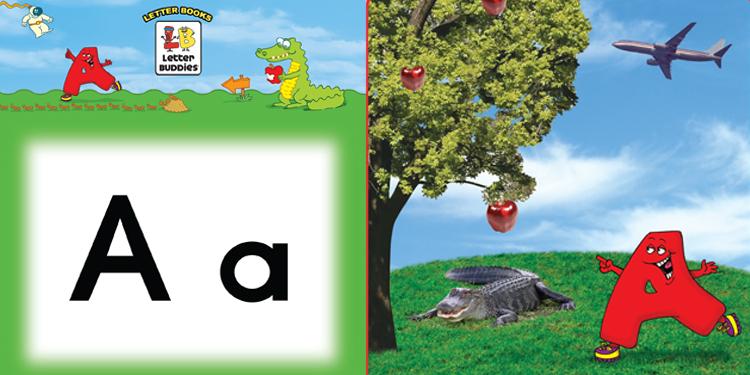 This is a guest blog post by Dr. Geraldine Haggard, who
is a retired teacher, Reading Recovery teacher leader, author, and university teacher.
It is the first post in a series about building literacy with early readers.
This is a guest blog post by Dr. Geraldine Haggard, who
is a retired teacher, Reading Recovery teacher leader, author, and university teacher.
It is the first post in a series about building literacy with early readers.
As I pondered ideas for this blog, I decided to visit my old friend, Marie Clay's
Becoming Literate
, from my days of training in Reading Recovery. Clay reminded her readers that the young reader is not only learning words or letter-sound knowledge, but they are learning how to use each of the sources of information as they read and write. They can then link new strategies to current reading and writing activities and become more successful.
STATEMENTS FROM “BECOMING LITERATE” THAT DOCUMENT THE ROLE OF LETTER KNOWLEDGE
- Page 41: “Beginnings of literacy is more than learning letters, words, and letter relationships”.
- Page 53 contains a caution about ‘decentralization’ of letter knowledge and the need for use of continuous texts.
- Page 87 encourages teachers to attend closely to features of letters in writing experiences.
- Page 314 cites that there are two variables used by children to derive sounds and meanings from words: direct visual perception and the use of spelling to sound.
- Page 320: Clay states that young readers use information from sounds, shapes, and layout of text.
- Page 87: The importance of writing is stressed because of its providing opportunities for students to access letter knowledge in different ways.
- Pages 322 and 323 stress the importance of providing learning activities as they read and write that enable them to develop the articulate awareness of phonology and print.
- Page 325 contains this quote from Clay: “My experience in the longitudinal monitoring of progress of the early instruction was that letters, sounds, words, and word analysis were accumulated gradually over a period of time because the child learned different ways of working with print.”
WHAT WAS CLAY SAYING TO US?
Those of us who have taught for many years have seen many changes in the ways that literacy skills are taught. My teaching experiences began in 1949. Basal readers were my only tools. Real writing and composing thoughts were not present in the early years. In the 80’s children were encouraged to share thoughts in writing, but modeling and child’s ability to proof and the analysis of his writing was not often present.
The national and state standards used now in our schools demonstrate the importance of the language arts’ multiple faceted programs: reading, writing, and even inclusion of content areas. Phonology is still important, but taught as a tool for reading and writing.
We model and help the students recognize and begin to use new strategies as they read and write. Letter knowledge is such a strategy. Letter knowledge involves letter identification, letter formations, phonology, word parts, and all aspects of written language. We should model and provide practice for the child as he combines new and already acquired strategies in real reading and writing activities.
Instruction of a phonetic blend is more than learning to produce the sound slowly. It involves vocabulary development and use of the blend in in various listening, speaking, reading, and writing settings.
The second part of this blog will provide ideas for doing this using Hameray’s Letter Buddies .
~~~
Geraldine Haggard is the author of several books from our Kaleidoscope Collection . She spent 37 years in the Plano, TX school system. She currently tutors, chairs a committee that gifts books to low-income students, teaches in her church, and serves as a facilitator in a program for grieving children.
~~~
For more information on the books mentioned in this blog post, click the series highlights images below or click this link to visit our webpage for the Letter Buddies series .













































![6 Fun and Easy Activities to Practice Sequencing [Grades K-1]](http://www.hameraypublishing.com/cdn/shop/articles/Red_Typographic_Announcement_Twitter_Post-5_bf1ae163-a998-4503-aa03-555b038d1b76_600x.png?v=1689961568)
![Leveraging Prior Knowledge Before Writing and Reading Practice [Grades 1–2]](http://www.hameraypublishing.com/cdn/shop/articles/Red_Typographic_Announcement_Twitter_Post-4_600x.png?v=1689961965)




